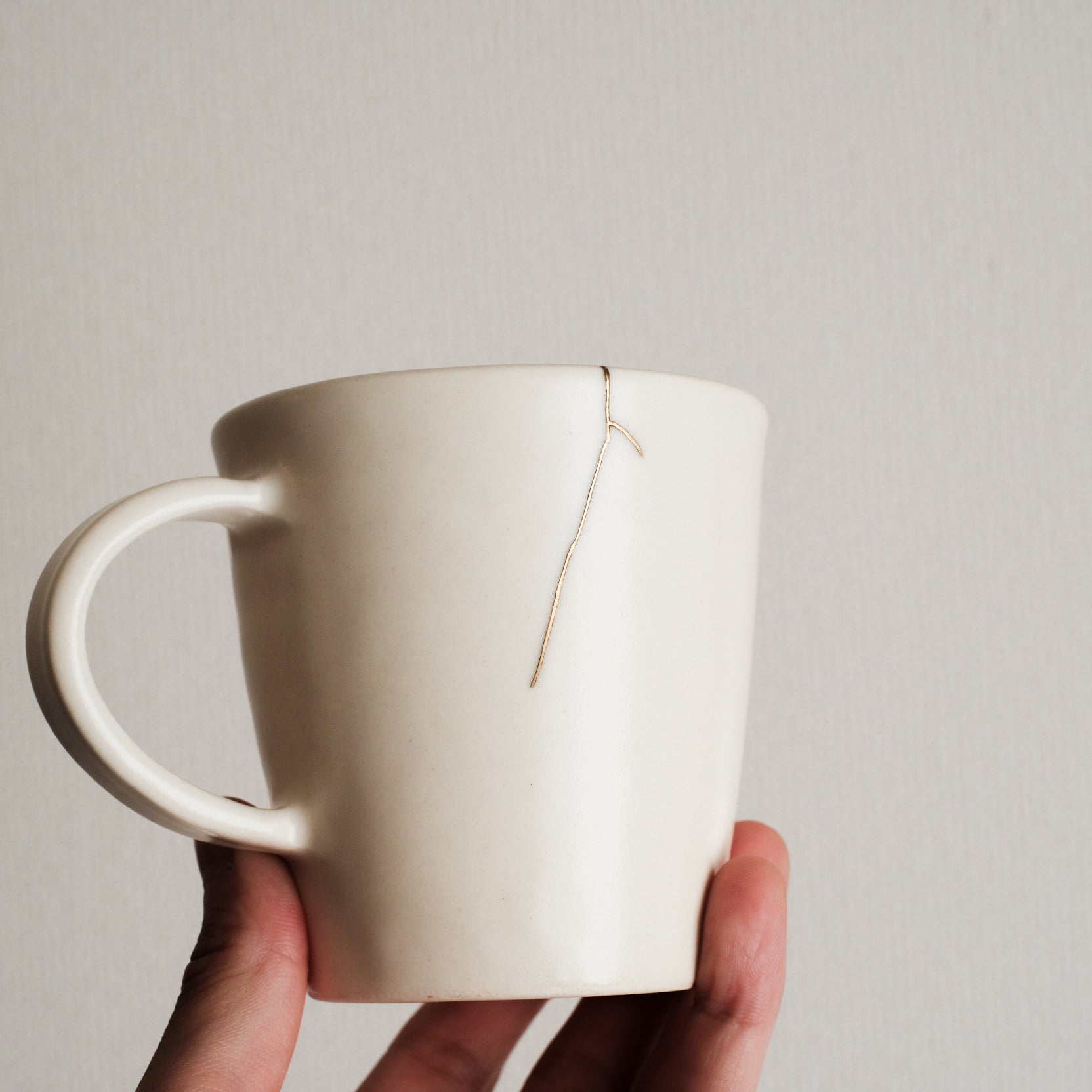Kintsugi involves the use of a variety of tools, which need to be handled properly to ensure long use.
In this article, we would like to show you how to wash and store the tools used in kintsugi.
Removing Urushi Stains Requires More Than Water
Urushi is used throughout the traditional kintsugi process, but because it contains oily components, it cannot be easily washed away with just water.
As a result, tools coated in urushi must be cleaned using volatile oils or alcohols instead.
Turpentine oil is a common volatile oil used for this purpose.
When it comes to alcohols, ethanol and methanol are frequently employed for cleaning lacquered kintsugi tools and materials.
Ethanol Recommended for Urushi Cleaning
Urushi can be cleaned using either volatile oils or alcohols, but we recommend using ethanol specifically.
The reason for this recommendation is safety.
Many volatile oils and alcohols are classified as organic solvents, which can be harmful to the human body. Since many of these solvents vaporize at room temperature, they pose a risk of being unknowingly inhaled or ingested, potentially leading to health issues.
For example, "methanol" is considered a toxic substance that can even cause blindness if ingested, so extreme caution is required when using it to clean urushi.
Similarly, isopropyl alcohol (IPA), which is readily available as a disinfectant, is also toxic and should not be consumed orally.
Turpentine oil likewise carries risks of organ failure and other problems if ingested, so proper ventilation is crucial if using it.
In contrast, "ethanol" is an alcohol component found in common alcoholic beverages, and has a lower risk profile associated with ingestion compared to other organic solvents.
Therefore, we recommend using ethanol as the cleaning solution for lacquer-based materials, as it is a safer option.
Ethanol Concentration Impacts Cleaning Effectiveness
Ethanol is actually available in a range of concentrations. When using it to clean urushi, it's best to opt for the highest possible concentration to effectively remove stains.
The most commonly sold ethanol for disinfection purposes is around 80% concentration. However, I personally prefer to use anhydrous ethanol, which is nearly 100% pure.
While the 80% concentration may seem sufficiently high, we've found it can sometimes fall a bit short in terms of cleaning power for urushi. That's why I recommend using the anhydrous, near-pure ethanol if possible.
Brushes
Wiping down a spatula or workbench with ethanol is sufficient to remove lurushi residue. However, simply wiping a brush with ethanol alone is not enough.
This is because even a small amount of leftover urushi on the brush can harden at the tip, rendering the brush unusable.
To properly clean the brush, first wipe it down with an ethanol-dampened tissue.
Then, pour out a small amount of vegetable oil, like salad or rapeseed oil, onto an acrylic plate.
Dip the brush into the oil and wipe it on the tissue repeatedly until no more color transfers.
This leaves a light coating of oil on the brush tip. Urushi has the property of becoming difficult to harden when mixed with oil, so the residual oil prevents the urushi from curing and hardening at the tip.
However, before using the brush again, be sure to wipe off any remaining oil with an ethanol-soaked tissue. If oil is left on the brush, it can prevent the applied urushi from curing properly.
For the same reason, any acrylic plates used for this cleaning process should also be thoroughly wiped down with ethanol to remove any lingering oil residue.
Ashirai brush
However, for the ashirai brush, simply wiping the tips with an ethanol-soaked tissue is sufficient - there is no need to wash them with oil.
In fact, washing these brushes with oil can actually make it difficult to fully remove the oil from the bristle ends.
This can then prevent the brush from effectively removing gold powder during use.
The only brush that should be washed with oil is the one specifically used for applying urushi.
Urushi tubes
Although not a tool, a tube of urushi also requires a little care in storage.
One of the components of urushi is an enzyme called laccase. This enzyme causes a hardening reaction in urushi.
The reason why it is necessary to maintain proper temperature and humidity in kintsugi is that laccase works best in an environment of around 25 degrees Celsius and 70-80% humidity.
But it is not only when working that temperature control is necessary. Laccase is deactivated at temperatures above 40°C. If a tube of urushi is left in direct sunlight, for example, the laccase may be deactivated.
Incidentally, inactivation means that enzymes (proteins) are denatured by high temperature and lose their original function.
Urushi that has deactivated laccase will not harden no matter how much humidification is applied.
Therefore, in order to use urushi for a long time, it is recommended to store the tubes in a cool and dark place, avoiding high temperature environment.
(It can be stored in a refrigerator since it does not deactivate in a low-temperature environment.)
Cotton
The cotton used to sprinkle the gold powder is not disposable. Even if the surfaces are stained with gold powder, you can continue to use the same one.
However, if you plan to use a different type of powder, like silver, it's best to use a separate cotton. This prevents the powders from mixing together.
Generally, the cotton can be reused as long as it's in good condition. But if it becomes heavily coated in urushi or starts to fray and lose its flatness, it may be worth replacing it with a fresh piece of cotton.



Leave a comment
All comments are moderated before being published.
This site is protected by reCAPTCHA and the Google Privacy Policy and Terms of Service apply.